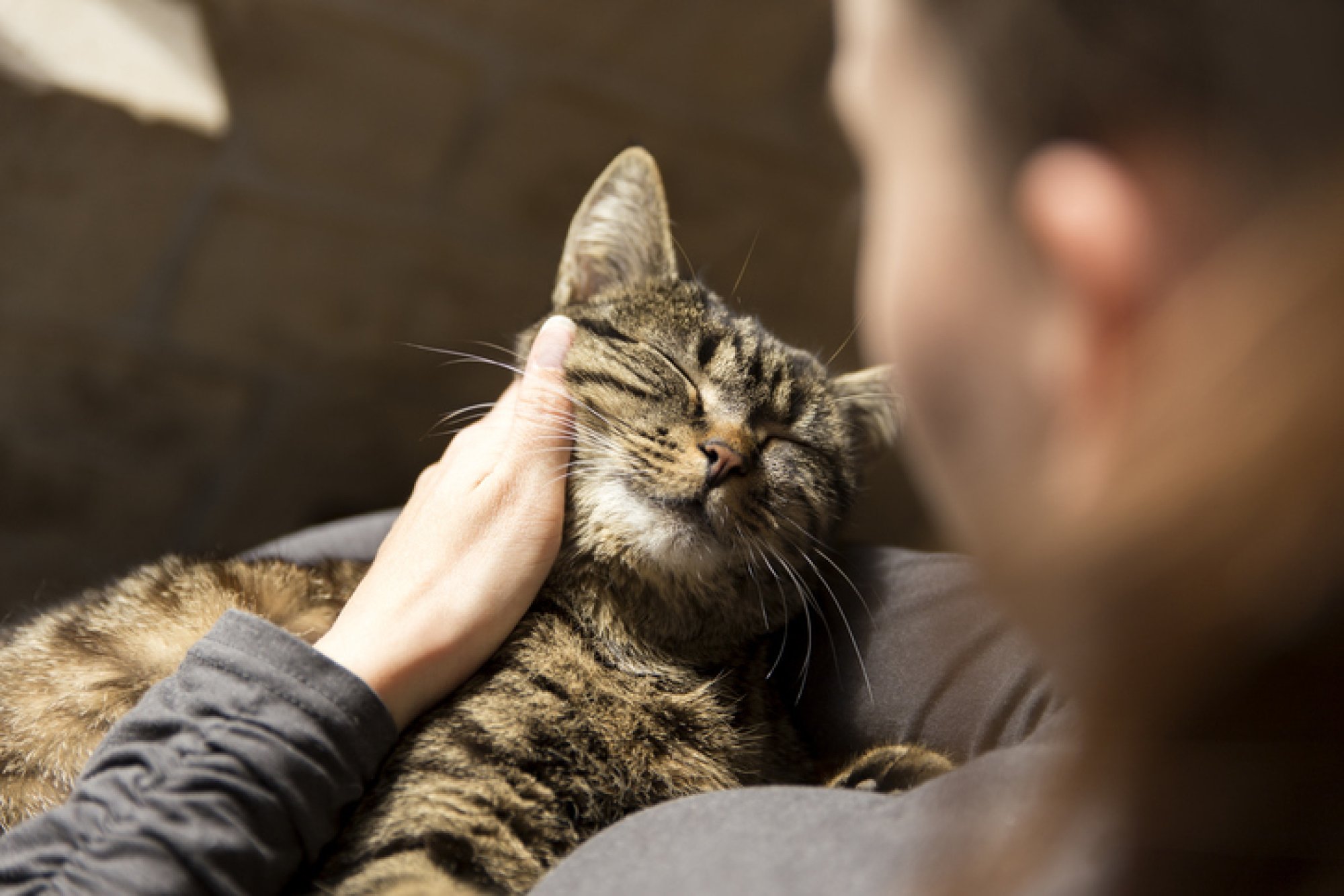Separation anxiety can manifest in various ways, such as excessive meowing, destructive behavior, or apparent signs of stress.
From environmental enrichment activities to desensitization techniques, we’ve put together practical tips and helpful suggestions for relieving separation anxiety in your cat.
Habitat Enhancement.
Improving your pet’s environment is critical to their well-being. You need to assess the current environment and create opportunities for the cat to exhibit natural behaviors. Use food puzzles to simulate hunting, install vertical structures for climbing, and scratching posts for claw grinding. Toys, catnip, ropes, and cardboard boxes encourage play and predatory instincts.
Better grooming management.
Affectionately communicate with the cat. Use training signals such as “go to the mat” followed by encouragement and hugs. Gradually turn the mat into a comfort zone, teaching the cat to manage stress and interact positively with the environment.
Safe Zone
Create a particular area for stressed and inactive cats with food, water, lounges, high platforms, a scratching post, and a separate toilet. Remember also to provide a pheromone diffuser, scented owner clothing, and relaxing cat music. Allow the cat to explore the area freely, positively associating with treats and toys.
Introduce desensitization to stressful situations.
If your cat shows anxiety at the sight of objects, such as keys or clothes, that indicate you are leaving, you can help her get used to these situations. Desensitize her by imitating these non-grooming actions, repeating them several times daily. Start with short walks and gradually increase the time outside until your pet calms down. Repeat the training regularly to promote adaptation.

 Discuss
More news
Discuss
More news


